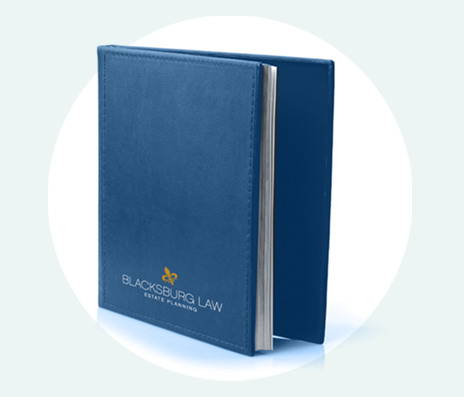Whether you are just starting to build an estate plan, reviewing an existing plan, or settling a trust or estate after the death of a loved one, it is crucial to prepare a schedule of assets. This is not a task most people look forward to, so they tend to put it off, leaving themselves unprepared to move forward.
At Blacksburg Law, we can work with you to develop a detailed schedule of assets that will make your next steps easier and much more effective.
Why You Need a Schedule of Assets
Most of the estate planning process focuses on creating the right strategies to manage and transfer your assets in the future. It is nearly impossible to establish the best plans for your assets when you do not have a clear picture of what those assets actually include. Preparing a schedule of assets gives you the perspective you need to build the best plan. Then when you begin to implement the plan, your schedule of assets provides tools to simplify the process.
If you are administering an estate or trust, you need a schedule of assets to help you understand the resources available for paying bills and to establish a plan for managing and disbursing those assets. You have a legal responsibility to carry out those duties with the appropriate care and attention to detail, and a thorough schedule of assets enables you to meet or exceed your obligations.
Get In Touch
Fields marked with an * are required
What is a Schedule of Assets?
When you prepare a schedule of assets, you take a detailed inventory of all property you own or property owned by a trust or that forms an estate. After inventorying everything, you build a list of all applicable property, and that list is your schedule of assets.
Some property will be listed individually with essential details. Other items may be consolidated together for the purpose of convenience. For instance, if you have a collection of sterling silver flatware, you wouldn’t need to list every fork, knife, and spoon. However, if you have a valuable collection of distinct antique vases, it might be wise to list each one separately. We can help you determine how much detail you need to include for different types of property in your specific situation.
What to Include on a Schedule of Assets
It will probably take considerable time and thought to consider all the property that should be included in your schedule of assets. This is another area where guidance from an experienced attorney can prove very valuable, because we can help you look for property that might otherwise get left out.
A schedule of assets will typically include property such as:
- Real estate
- Investment accounts
- Retirement assets
- Cars, boats, RVs, and other vehicles
- Business interests
- Jewelry
- Artwork
- Collectibles
- Antiques
- Other personal property such as electronics
- Cryptocurrency and loyalty points
- Intangible personal assets such as online content, photos, and social media accounts
The list should also include at least an approximate value for each asset or group of assets. While some of the assets on the schedule may not have great monetary value, they may be very important to family members, so it is important to include them in your estate plans or administration efforts.
Include Details Regarding Identification and Location
The schedule of assets is designed to be used in distributing assets at some point in time. So if you can add information about where to find the assets, this will make someone’s job (possibly yours) much easier in the future. For instance, when you include account numbers on the schedule, that can not only speed the process of locating the right account but also confirm that the item on the schedule matches the property in the estate or inventory.
Additional Benefits of Preparing a Schedule of Assets
After the death of a loved one, families often wonder what happened to particular property, and often resent those they assume must have taken or hidden certain treasured items. When you prepare a detailed inventory, you establish a definitive list of property available. You can then include specific items in your will or trust so that everyone will understand who you intend to receive those items.
In addition, during the process of preparing a schedule of assets, it is not unusual to find assets that had been forgotten or lost such as a dormant savings account or retirement assets from a former job. Including that property on the schedule will prevent it from being overlooked in the future.
Blacksburg Law Can Help You Prepare a Schedule of Assets in California
While the prospect of combing through files and trying to find information can be overwhelming, guidance and assistance from an experienced legal advisor can make the process much more manageable. Talk to us today about how we could help you develop a schedule of assets for planning or administration purposes.

Estate Planning Basics
A START-UP GUIDE TO ESTATE PLANNING
Download our Estate Planning Basics PDF Guide to get more information about what estate planning is, how it works, what you need to consider, and why Blacksburg Law is the right partner for you.
Let’s start the conversation
Working with us starts with a conversation.

